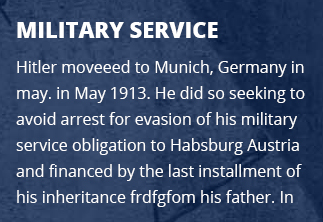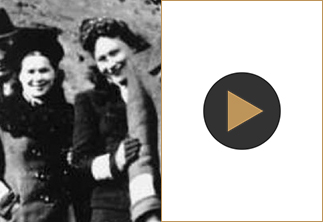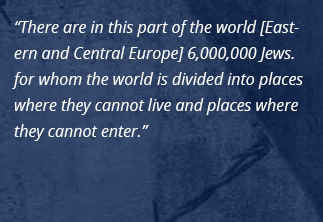RESISTANCE-HIDDEN CHILDREN: DISCOVERED
Life in hiding was always hazardous. Throughout German-occupied Europe, the Nazis made a concerted effort to locate Jews in hiding. German officials and their collaborators harshly penalized those who aided Jews and offered rewards to individuals willing to turn in Jews. Beginning in March 1943, the Gestapo (the German secret state police) granted some Jews in Germany reprieve from deportation in exchange for tracking down their co-religionists who had gone underground. By spring 1945, when the Nazi regime lay in ruins, these informers had turned in as many as 2,000 Jews. In other countries, neighbors betrayed others for money or out of support for the regime. In German-occupied Poland, blackmailers squeezed money or property from Jews by threatening to turn them in to the authorities.


www.ushmm.org/wlc/en/article.php?ModuleId=10006129
Jews in hiding were discovered by chance during raids seeking conscripts for forced labor, resistance cells, black marketers, or by random searches of documents. A slip of the tongue, improperly prepared false documents, or gossip could lead to arrest and deportation.




